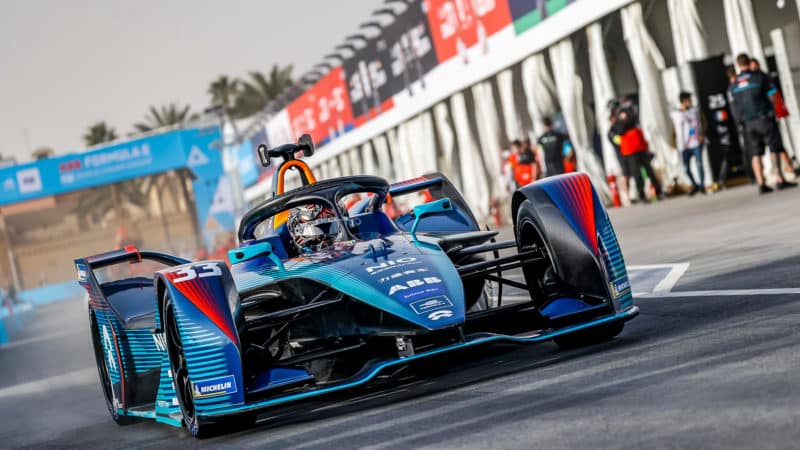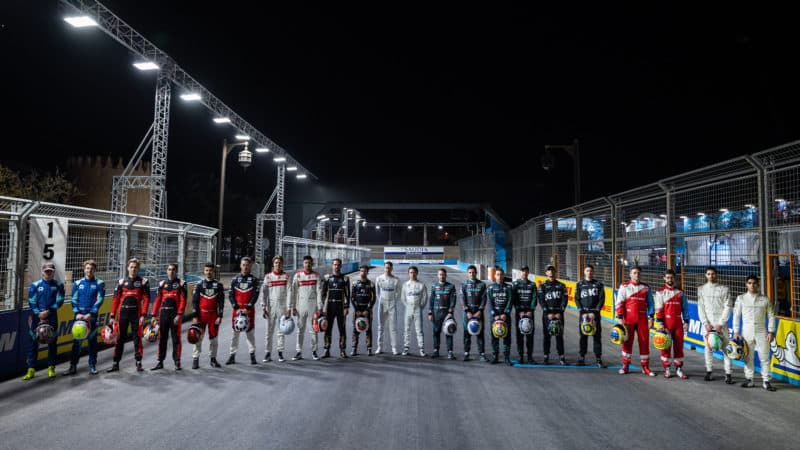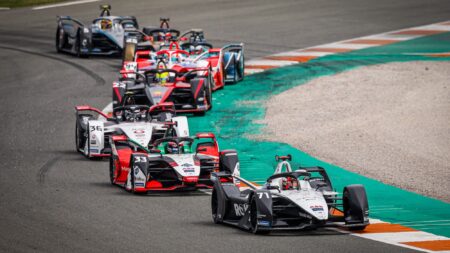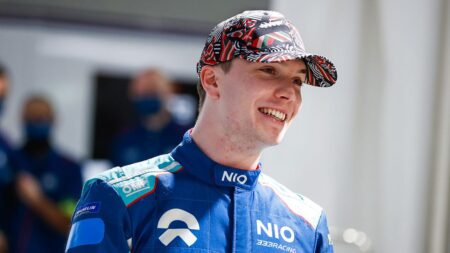After last year’s Valencia disaster, when so much energy was subtracted from cars’ usable allowance that half the field stopped on track, the safety car rule has been altered to add a minute of race time (to the 45 minutes +1 lap) rather than subtracting a kWh of energy. That means drivers and teams have more information about what to expect and how to manage energy, rather than getting a shock number to be removed.
It’s always been a drivers’ championship; a lot of them came because they needed a job and stayed because the field was competitive enough they were enjoying it, even in the earlier, shonkier, car swap days. FE changing its rules to put more power back into the drivers’ hands to affect their fates in a race is what they’ve all been asking for – and brings the scrutiny back on them, during a season with no powertrain development.
At the beginning of the championship a lot of the drivers, by default of being single seater specialists of (mostly) pre-retirement age, were ex-F1. The Red Bull Junior Academy has technically been one of the most extraordinarily successful development programmes in Formula E history, having funded the early careers of three drivers who took four of its championships. Sébastien Buemi, Jean-Éric Vergne and Antonio Felix da Costa were all chewed up and spat out by the F1 machine, rediscovering themselves in Formula E.

Sam Bird joined Formula E on the verge of quitting racing but has won in every season so far, including New York, 2017
Getty Images
McLaren’s contributions to the driver pool came somewhat later in the day, donating both a burnt out Stoffel Vandoorne and former junior driver (and current Formula E world champion) Nyck de Vries. Mercedes generously threw in Pascal Wehrlein after only detaining him from missing the first round of Season 5 for a DTM test. Its passing up of Sam Bird, Mercedes test and reserve driver during the first years of its return to F1 as a factory team, saw him land in Formula E while wondering if he had to jack in his whole racing career. Finally Antonio Giovinazzi has, this year, become the first Ferrari protegé to find a seat in Formula E.
Drivers are, by nature, competitive so the comparison to their peers weighs heavy on them. The thing is, if you’ve come up from karting then for every one person you know who might have made it to an F1 seat and managed to make a good go of it, there are a lot more who didn’t quite get there and even more whose junior career puttered out or who only got a couple of races above karts. There are a lot more professional GT and sports car drivers than there are F1.
So although the public perception tends to be that Formula E drivers must be desperate to jack in their factory drives to putter about in a backmarking F1 car, it’s not only not true but a weird misinterpretation of who they think they’re competing with. Take last year’s best rookie Jake Dennis, for instance, who at 6’5” had no hope of getting in an F1 car and had been farmed out to GTs long ago, while still doing a simulator role at Red Bull because he’s definitely skilled enough.




